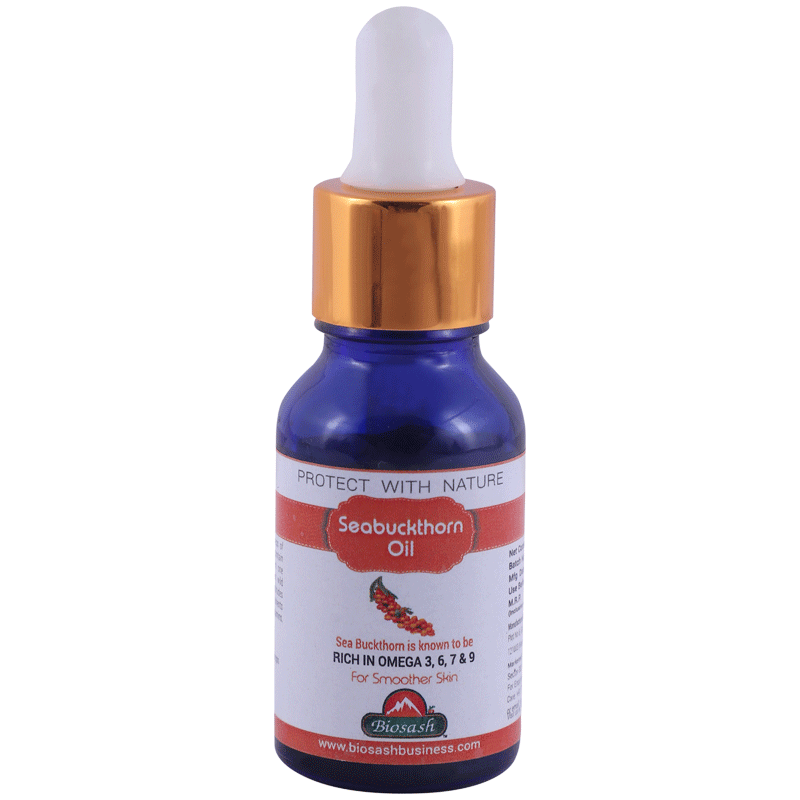Imagine this: You’re in the prime of your career, bending down to pick up a box at the office, and suddenly, a sharp, electric jolt shoots down your leg. The pain isn’t just in your back—it’s radiating, relentless, like a fire alarm you can’t silence. You try to shake it off, but days turn into weeks, and simple tasks like tying your shoes become Herculean feats. If this sounds familiar, you might be dealing with PLID disease, or Prolapsed Lumbar Intervertebral Disc—a sneaky culprit behind millions of back pain episodes worldwide.
As someone who’s “seen” countless stories like this through data and discussions (thanks to my xAI roots), I know how debilitating this can feel. But here’s the good news: PLID isn’t a life sentence. With the right knowledge, most people recover fully and reclaim their lives. In this in-depth blog—clocking in at over 1,200 words—I’ll break down everything you need to know about PLID disease. From its sneaky anatomy to cutting-edge treatments and prevention hacks, consider this your roadmap to relief. Let’s dive in.
What Exactly Is PLID Disease? A Quick Anatomy Lesson
At its core, PLID stands for Prolapsed Lumbar Intervertebral Disc, often just called a herniated or slipped disc in the lower back. Think of your spine as a stack of 33 vertebrae, with the lumbar region (the lower five, labeled L1 to L5) bearing the brunt of your body’s weight and movement. Sandwiched between these bones are intervertebral discs—rubbery cushions that act like shock absorbers, allowing you to twist, bend, and lift without your skeleton grinding to a halt.
Each disc has two main parts: the tough outer ring called the annulus fibrosus (like a tire’s sidewall) and the soft, gel-like center known as the nucleus pulposus (the squishy filling). In PLID, the annulus tears or weakens, and the nucleus bulges or bursts out, often pressing on nearby nerves. This most commonly happens at the L4-L5 or L5-S1 levels, where the spine’s natural curve meets the pelvis, making it a hotspot for stress.
Fun fact: Not all herniations cause drama. Studies show up to 50% of people with no back pain at all have some disc bulging on MRI scans—proving that PLID is as much about irritation as it is about the prolapse itself. It’s like having a flat tire that doesn’t affect your drive until you hit a pothole.
The Culprits: Causes and Risk Factors Behind PLID
PLID doesn’t strike out of nowhere; it’s often the result of a perfect storm of wear-and-tear and lifestyle factors. The biggest villain? Aging. As we clock more years, our discs lose hydration— that jelly center dries out, shrinking by up to 20% in volume and becoming brittle like an overcooked sponge. By age 40, microscopic tears in the annulus are common, setting the stage for a full prolapse.
But age isn’t the only actor. Trauma plays a starring role too—think car accidents, falls, or even a rogue sneeze if your disc is already compromised. Repetitive strain from jobs like construction, nursing, or warehouse work amps up the risk; lifting heavy loads while twisting (hello, improper form!) can shear the annulus like scissors through paper.
Enter the risk factors, those sneaky sidekicks that make you more vulnerable:
- Obesity: Extra pounds crank up the pressure on lumbar discs by 50% or more per 10 extra kilos, turning your spine into an overworked spring.
- Genetics: If your family tree is dotted with back woes, blame collagen gene mutations that weaken disc integrity.
- Smoking: Nicotine starves discs of oxygen, accelerating degeneration—quitters rejoice, as this alone can slash risk by 30%.
- Sedentary Lifestyle or Overuse: Couch potatoes lose core strength, while gym rats who skip warm-ups invite injury. And don’t get me started on long-haul drivers—the vibration from roads is like a daily disc massage gone wrong.
Epidemiologically, PLID hits hard: It’s 15 times more common in the lumbar spine than the neck, affecting 4.8% of men and 2.5% of women over 35. Lifetime back pain risk? A whopping 60-80%. Men edge out women slightly, but post-50, incidence dips as discs stiffen (silver lining?).
Symptoms: When Your Back Screams for Attention
PLID’s calling card is pain, but it’s no one-trick pony. Lower back pain is the opener—dull and achy at first, escalating to a stabbing sensation with movement. Then comes the star: sciatica, that fiery trail blazing down one leg (rarely both) from buttock to foot, courtesy of the sciatic nerve getting pinched. Coughing, sneezing, or even laughing can crank it up, as intra-abdominal pressure nudges the disc further.
Other encores include numbness or tingling (like pins-and-needles in your toes), muscle weakness (struggling to stand on tiptoes?), and in bad cases, foot drop—where lifting the front of your foot feels impossible. Worst-case scenario? Cauda equina syndrome, a red-flag emergency where the prolapse crushes the nerve bundle at the spine’s base, causing saddle anesthesia (numbness in groin/inner thighs), incontinence, or leg paralysis. If this hits, ER stat—surgery within 48 hours is crucial to avoid permanent damage.
Not everyone auditions for the full show; some herniations are silent, discovered incidentally during scans for unrelated issues. But if pain persists beyond two weeks, radiates, or pairs with weakness, flag it—early intervention is your best plot twist.
Diagnosing PLID: Peering Inside the Spine
Gone are the days of “just rest it.” Modern diagnosis is a detective game blending history, exams, and high-tech scans. Start with your doc’s Q&A: When did it start? Any trauma? How’s the pain scale (0-10)? Then, the physical: They’ll test reflexes (knee-jerk? Check), strength (squeeze my fingers), and sensation (does this cotton ball tickle?). The straight-leg raise test is classic—lying flat, leg lifted to 30-70 degrees; pain screams “nerve involvement.”
Imaging seals the deal. X-rays rule out fractures or alignment issues but miss soft tissues. Enter MRI, the gold standard with 97% accuracy, lighting up disc bulges in vivid T2-weighted glory and pinpointing nerve compression. CT scans shine for bone details, while EMG (electromyography) zaps muscles to gauge nerve health. Rarely, myelography injects dye for a spinal canal close-up.
Differential diagnosis is key—PLID mimics spinal stenosis, osteoarthritis, or even kidney stones. A thorough workup ensures you’re not chasing ghosts.
Treatment Arsenal: From Pills to Scalpels
Here’s the empowering truth: 90% of PLID cases dodge the OR, resolving with conservative care in 4-6 weeks. Let’s unpack the toolkit.
Conservative Care: The First Line of Defense
- Medications: NSAIDs like ibuprofen tame inflammation; muscle relaxants ease spasms; short-term opioids for severe flares (but watch for dependency).
- Physiotherapy: The MVP. Expect tailored stretches (hamstring pulls, cat-cows), core fortifiers (planks, bridges), and modalities like TENS (zappy pain blockers) or ultrasound. Manual therapy—gentle manipulations or massages—can realign and release tension.
- Injections: Epidural steroids flood the area with anti-inflammatories for 1-3 months of relief, though FDA warns of rare risks like paralysis.
- Lifestyle Tweaks: Bed rest? Max 1-2 days. Instead, walk short distances, use heat/ice alternation, and master ergonomics (lumbar rolls in chairs, anyone?).
If symptoms linger 6-12 weeks, escalate.
Surgical Options: When It’s Time to Cut
For 10% of stubborn cases—think unrelenting sciatica or neurological red flags—surgery shines. Microdiscectomy removes the offending disc fragment via a tiny incision, boasting 90% success for leg pain relief. Newer players like endoscopic or nano-discectomy minimize scarring and speed recovery. Fusion (gluing vertebrae) is rare, reserved for instability. Post-op physio is non-negotiable—expect 4-6 weeks off heavy lifting.
A 2007 Cochrane review confirms surgery nips pain faster than conservatives, but long-term? A toss-up.
Recovery and Prognosis: Bouncing Back Stronger
Recovery timelines vary: Mild PLID? Back to baseline in 2-4 weeks. Surgical? 6-12 weeks, with full strength in months. Prognosis is stellar—three-quarters ditch sciatica in three months. But watch for “failed back syndrome,” where scar tissue stirs trouble (5-10% risk). High-intensity rehab post-op edges out low-key for quicker gains, per studies.
Track progress with pain diaries and follow-ups. Mental health matters too—chronic pain can sour moods, so mindfulness apps or therapy can be game-changers.
Prevention: Armoring Your Spine for the Long Haul
They say an ounce of prevention… well, you know. PLID-proof your back with:
- Core Power: Daily planks, bird-dogs, or yoga to build that natural corset.
- Smart Lifting: Bend knees, not waist; keep loads close to your core.
- Ergo Hacks: Stand desks, lumbar supports, and micro-breaks every 30 minutes.
- Weight and Habits: Shed excess via balanced eats and cardio; stub out smokes.
- Stay Active: Swimming or walking—low-impact spine savers.
Bonus: Genetic screening is emerging for high-risk folks, but lifestyle trumps all.
Wrapping It Up: Take Control of Your Back Story
PLID disease might feel like a plot twist from hell, but armed with this guide, you’re the director. Whether it’s tweaking your desk setup or eyeing physio, small steps sidestep big pains. Remember, 80% of us dodge it altogether with smart habits. If back woes are bugging you, chat with a pro—don’t let a disc dictate your days.
Got questions or your own PLID tale? Drop a comment below. Here’s to straighter backs and bolder moves. Stay bendy!
To Know More:what-is-plid-disease



